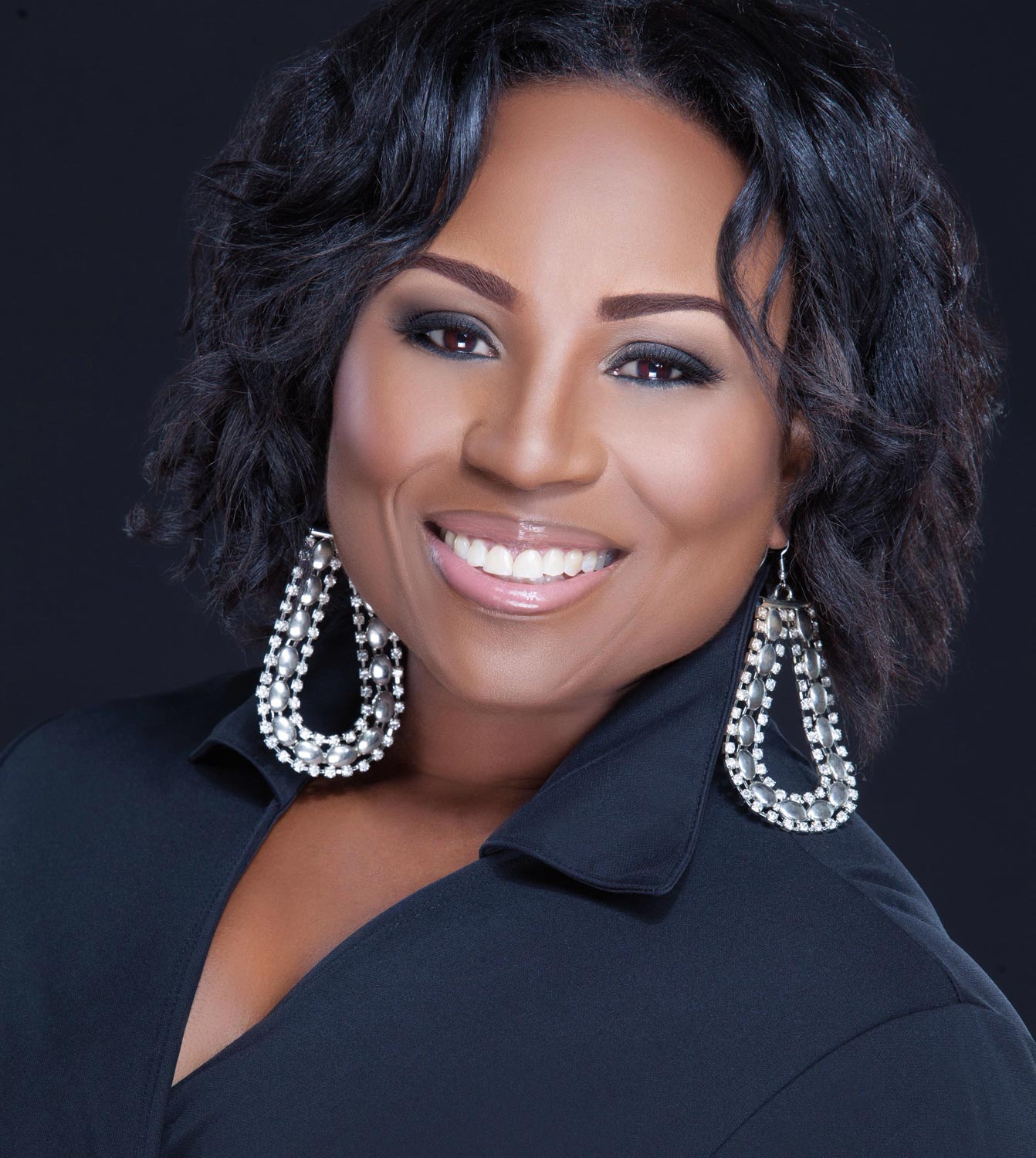In July 1969, when three-year-old Trinidadian Camille Wardrop watched astronaut Neil Armstrong take mankind’s first lumbering steps on the Moon, the idea that she would eventually contribute to the ongoing effort to explore space would have seemed as unlikely as the Moon landing did two decades before it happened.
But a little more than twenty years after that momentous space mission, Wardrop found herself stepping through the doors of NASA’s John F. Kennedy Space Centre in Florida as a spacecraft engineer. Fourteen years after that, she came close to actually going into space, when she was shortlisted in NASA’s astronaut selection programme. And today, as assistant programme scientist with the International Space Station, she’s one of the public faces and voices of NASA, communicating information about the station — which human beings have been inhabiting since 2000 — to government officials, schools, and television audiences.
She’s come a long way since that day in 1969. “I didn’t have a clue what was going on,” she says with a laugh during a recent phone interview, talking about watching Armstrong all those years ago. Becoming a space scientist was so far away from possibility that she can’t even say she was discouraged from aspiring to it. “Nobody knew what that was. I didn’t know what that was,” says Wardrop, whose married name is Wardrop Alleyne.
Luckily, she was a naturally curious child, with an affinity for math and science, and a personality that relished taking the unbeaten path. Probably even more important, she had open-minded and supportive parents who pushed her to explore. “I was very good at building things, fixing things,” Wardrop Alleyne recalls. “My mom really encouraged that. When something broke around the house, she wasn’t calling dad to fix it — she was calling me, and I would take things apart and put them back together and get them working.”
Wardrop Alleyne, who developed an interest in airplanes and has a private pilot’s license, was pursuing an undergraduate degree in mechanical engineering at Howard University when coverage of the Challenger space shuttle tragedy drew her to the field of space exploration. She put her degree emphasis on aerospace. Later, she led teams that designed and tested equipment for NASA’s man-in-space programmes. “I have been front and centre of the most ground-breaking, pioneering work in human space flight,” she says.
She also speaks with pride about appearing on NASA TV talking about the International Space Station, which carries a multinational crew who conduct a variety of scientific experiments in an environment with very little gravity. “I think I was the first woman of colour to get that opportunity — that was incredible,” she says.
But lately Wardrop Alleyne has taken on another challenge, possibly even bigger than propelling human beings into space. She wants to guide young people — particularly girls — from poorer countries into science, technology, engineering, and math, areas of research and study which are collectively called STEM. Women are still drastically underrepresented in these fields. The ultimate goal of the Brightest Stars Foundation, which Wardrop Alleyne founded in 2007, is to set up science academies for girls in Africa, the Caribbean, and Latin America. For now, Wardrop Alleyne is travelling the world with her message.
She was in Trinidad in 2011 to give a keynote address at the tenth annual Caribbean Youth Science Forum, and she arranged for twelve Form Six students from different countries in the region to speak briefly with astronauts aboard the International Space Station, through an amateur radio transmission. The teenage girls and boys posed a range of questions, from the possibility of life on other planets to daily activities aboard the space station. In her speech, Wardrop Alleyne told students she doesn’t think a Caribbean Space Agency is farfetched. “What I know for sure is that you are the generation that can make that vision a reality,” she said then.
Trinidad and Tobago’s National Institute of Higher Education, Research, Science, and Technology (NIHERST), which organised the science forum, has made Wardrop Alleyne one of its “Caribbean Icons in Science, Technology, and Innovation.” Joycelyn Lee Young, NIHERST’s registrar, explains why a figure like Wardrop Alleyne was important for the region. “She could inspire persons from humble families to excel,” says Lee Young. “She’s a good role model, and she emphasises that our education system is a good platform on which to build.”
More recently, the Association of Female Executives of Trinidad and Tobago invited Wardrop Alleyne back to the country to give the keynote address at their Women of Influence Award ceremony in March 2015. The event commemorated International Women’s Day. Women of all ages, including secondary school students, were in the audience. “In the highly technical fields of science and engineering, where women are in the minority, she has achieved against all odds, being one of a few women of colour and the only woman of Caribbean descent in a senior management position at NASA,” said AFETT president Nassema Ali.
Wardrop Alleyne went to an all-girls secondary school herself, and believes it was beneficial. “Science and engineering are traditionally subjects that boys gravitated to, or boys were encouraged to study,” she says. “It was felt that girls do not have the aptitude to do those kinds of subjects. But when you’re in an all-girls school, [rather than] a coeducational environment, you have no choice.
“You can do physics, you can do computer science, because those courses are offered, and there’s nobody there telling you you can’t,” she explains.
So Wardrop Alleyne never made it into space, but she’s rocketed past boundaries of a different kind, and is helping others to do the same. “For me, that’s my mission,” she says. “Inspiring and empowering young women, especially to know that there’s no limit to what you can achieve if you put your mind to it, work hard on it, and believe in yourself.”





















